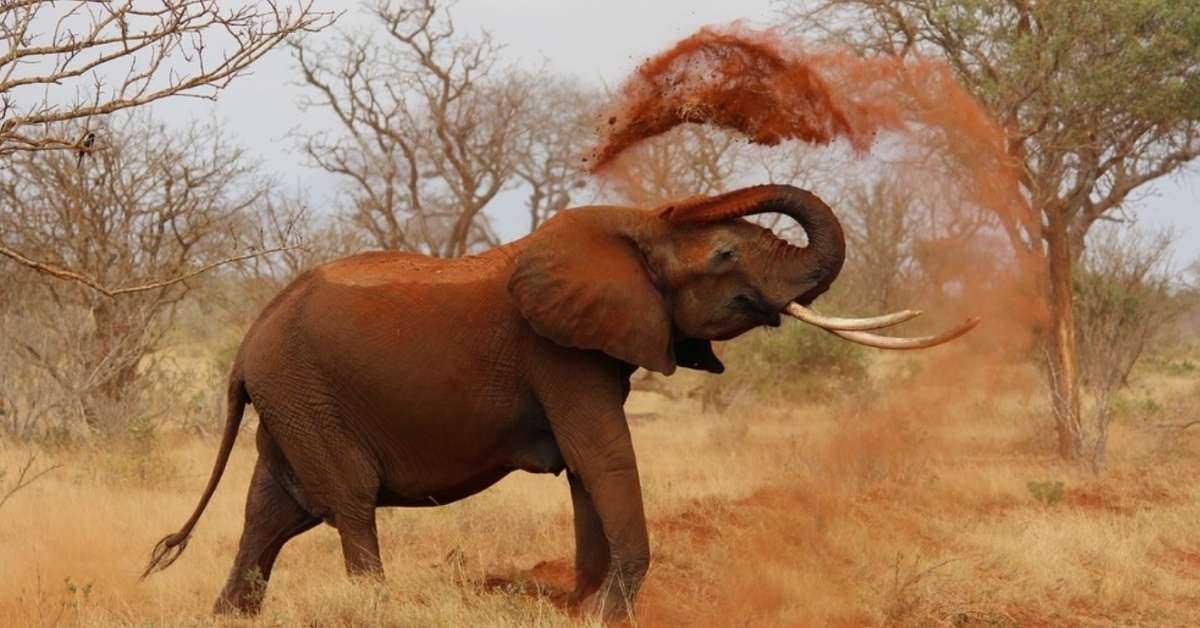Two new bombshells have entered the villa.
Well, they’re Amur tigers, their names are Bodhana and Kuma, and they’ve just returned to Kazakhstan after their species has been extinct from the area for over 70 years.
In a historic reintroduction effort led by the Government of Kazakhstan, the World Wildlife Fund, and the United Nations Development Program, the male and female tigers were brought to the Ile-Balkhash State Nature Reserve earlier this year in hopes of restoring the region’s ecosystem.
“It is a high priority for Kazakhstan to work on the restoration of rare species,” Daniyar Turgambayev, the vice-minister of the Ministry of Ecology and Natural Resources of Kazakhstan, said in a statement for WWF.
“For ecological value it is important that our biodiversity chain is restored. And that the tiger that once lived in this area is reintroduced here.”

Bodhana and Kuma were driven from their former home at the Anna Paulowna Sanctuary in the Netherlands, to Germany, where they boarded a six-hour flight in the hold of a commercial plane to Kazakhstan. Their journey ended, finally, with a 20-minute helicopter ride to the reserve.
If you couldn’t tell by the transportation efforts, this is an ambitious initiative — and has been years in the making. Along with years of planning and negotiation, the nature reserve, spanning a vast 4,151 square kilometers, has been rewilded over the past six years to prepare for the tigers’ reintroduction.
Other endangered species like the Bukhara deer and Kulan have already been reintroduced to the reserve, accompanying the reforestation of over 50 hectares of native trees.
“Today marks a monumental conservation milestone to bring tigers back to Kazakhstan and Central Asia,” said Stuart Chapman, leader of WWF Tigers Alive. “This tiger translocation is a critical step to not only bring back the big cat to its historic homeland but also to rewild an entire ecosystem.”

The Amur tigers are central to this biodiversity boom, playing a significant role in sustaining the ecosystem. Bodhana and Kuma will live in a spacious, “semi-natural” three-hectare enclosure. Any cubs they birth will be released into the wild and become the first tigers to roam freely in Kazakhstan in decades.
They could also represent the first-ever international wild tiger reintroduction.
Tigers once roamed across Central Asia all the time, but now they occupy less than 7% of the range they used to. In Kazakhstan especially, massive hunting sprees and the systematic reduction of tiger prey led to their declared extinction in the Caspian region in the 1950s.
“These tigers were selected because they’re very similar to what would have been found in the Caspian region (before their extinction),” Chapman told CNN.
“Tigers have been translocated within country boundaries, and zoo tigers cross international borders all the time, but that’s for them to remain in captivity,” he continued. “This is the first time that tigers have crossed international borders to reintroduce them into the wild.”
According to WWF, the translocation of these tigers is the first of several planned in the coming years, ultimately aiming to build a healthy population of about 50 wild tigers in the region by 2035.
And it’s not only good for the tigers; local communities have seen a clear improvement in their environment. The rewilding of the Ile-Balkhash Nature Reserve also includes support for improved agricultural techniques and priming the area of nature tourism.
“With the launch of the tiger reintroduction program, we have witnessed a significant change — the revival of nature and our village of Karoi,” Adilbaev Zhasar, the head of the local community group Auyldastar, said in a statement.
“This project not only restores lost ecosystems, but also fills us with pride in participating in a historic process. Because of small grants from WWF, we have the opportunity to do what we love, develop small businesses, and create jobs in the village, which brings joy and confidence in the future.”

WWF and local partners will also manage human-wildlife conflict in the area, including education and compensation programs to help the nearly 6,000 area residents live in harmony with growing wildlife populations.
Chapman also told CNN that they will radio-collar the tigers to set up an early warning system that will help nearby villagers know when a big cat is nearby, keeping both humans and felines at a safe distance.
“This initiative is not only a testament to the resilience of the species,” the WWF press release said, “but also a powerful example of governments, conservation organizations, and local communities cooperating in wildlife and nature conservation.”
Chapman, for one, doesn’t take that lightly.
“It’s not often, in conservation terms, the wildlife gets a second chance,” he told CNN. “Bringing back tigers to Kazakhstan is so significant in conservation terms, I have to pinch myself that this is happening.”
Header image ©WWF/Vijay Nagarajan



